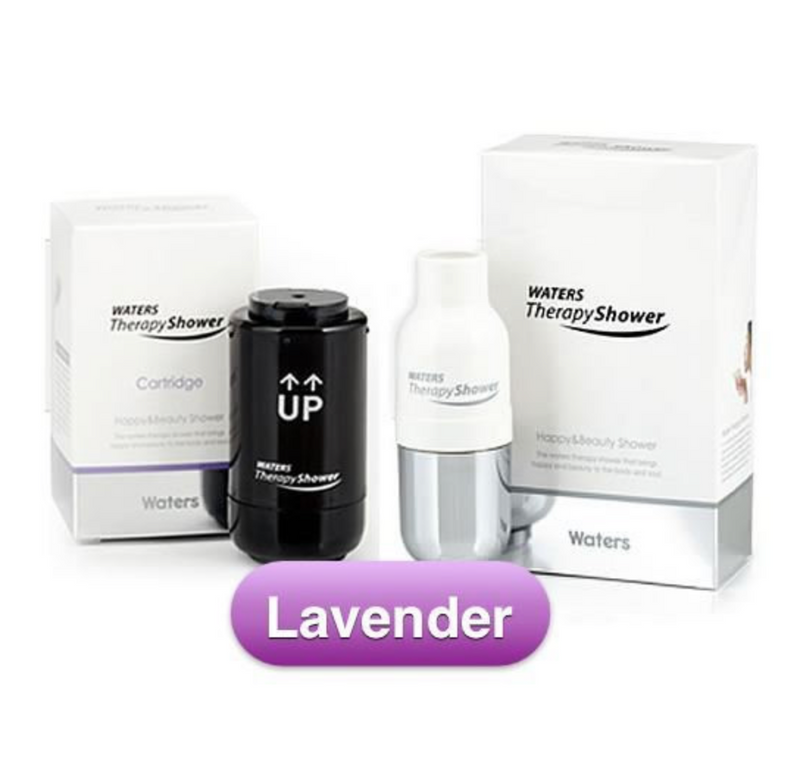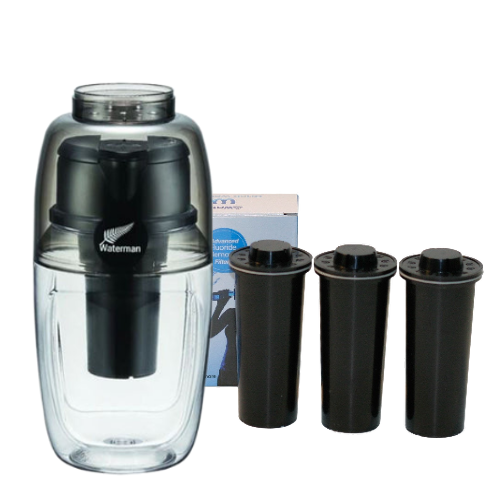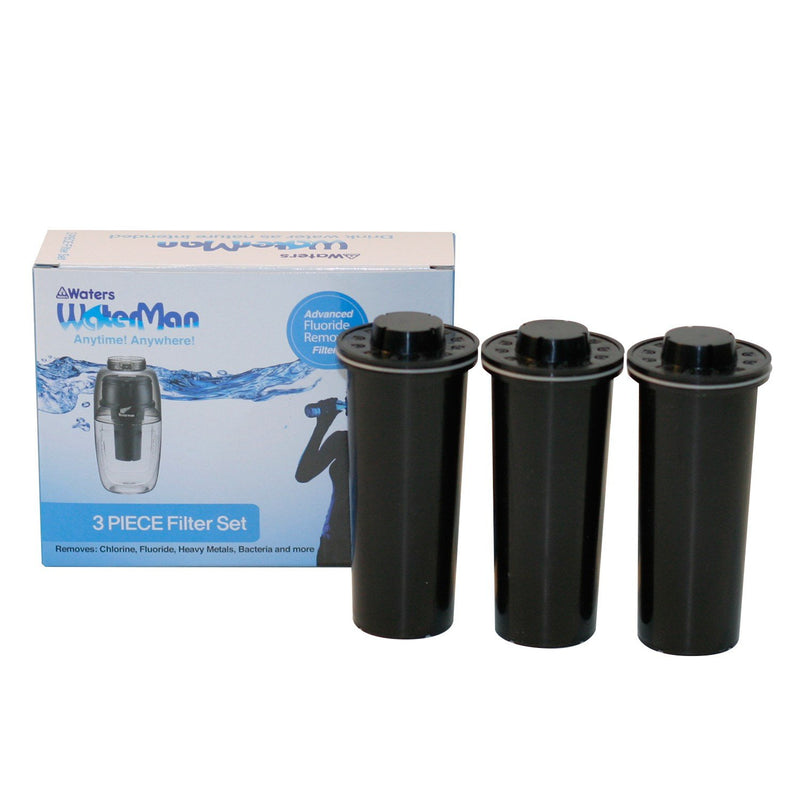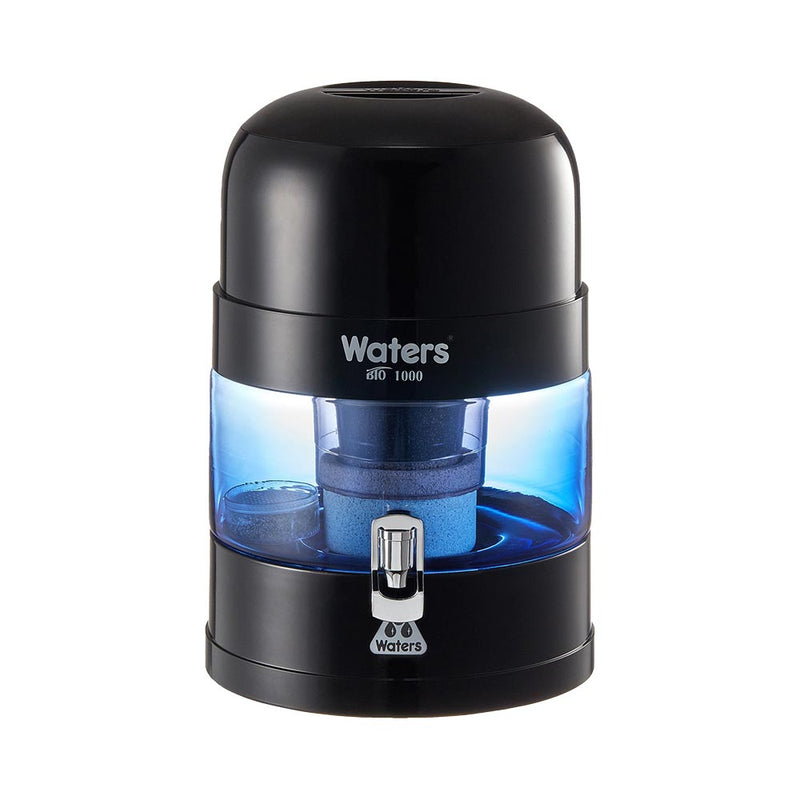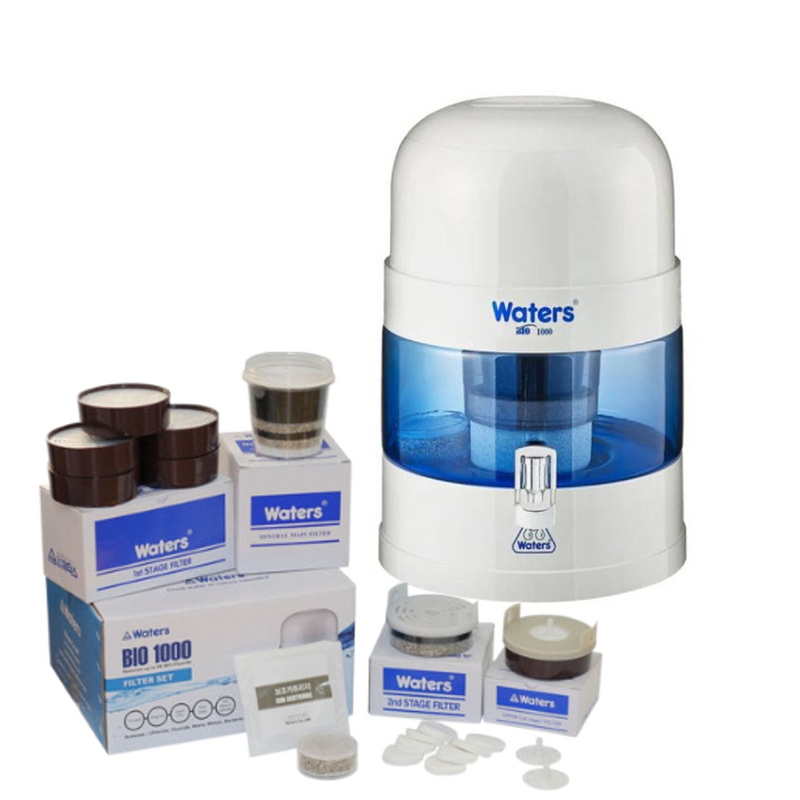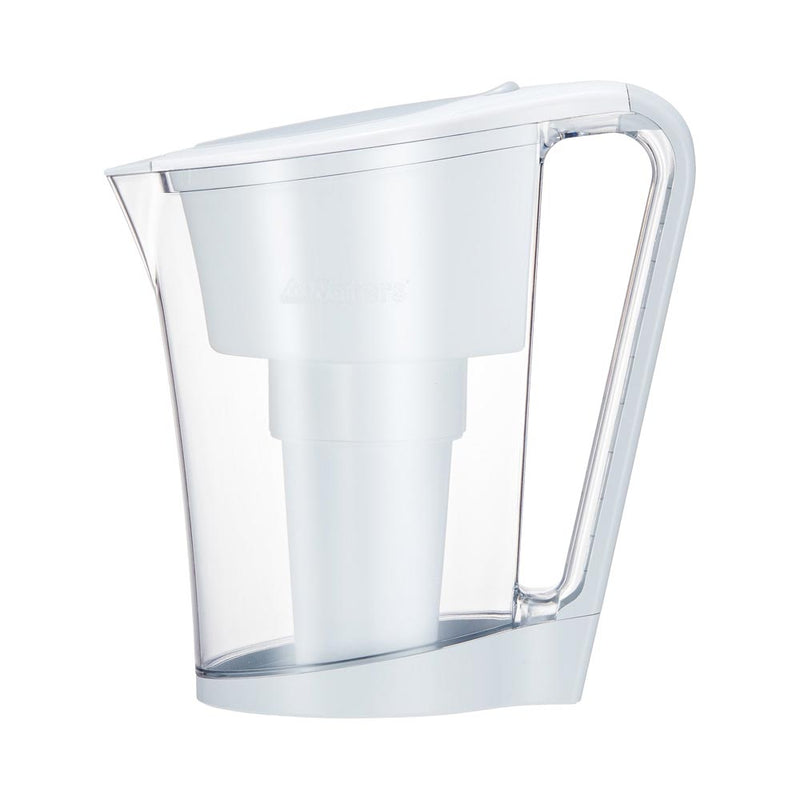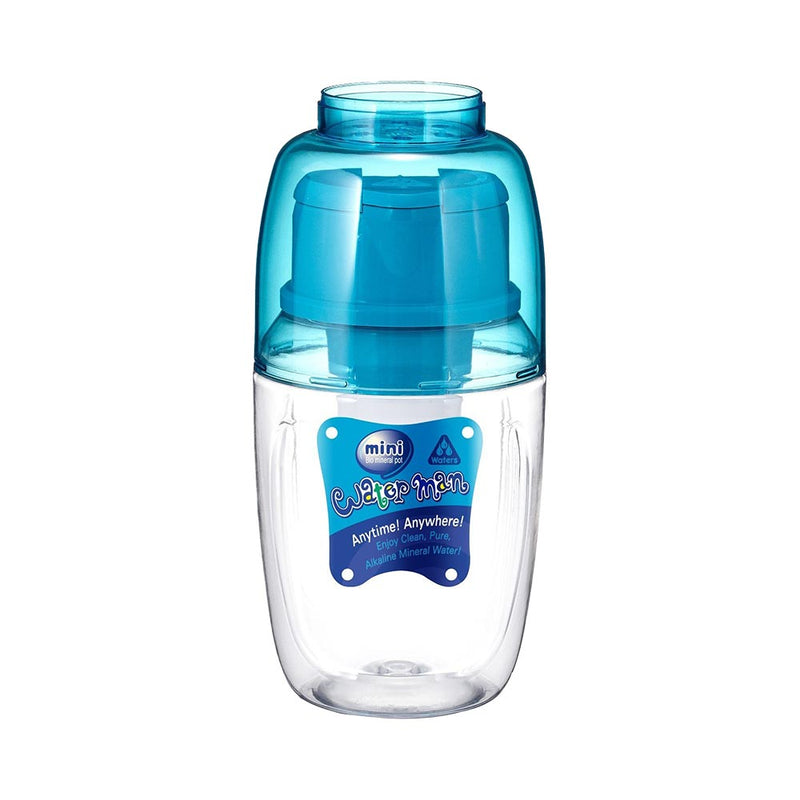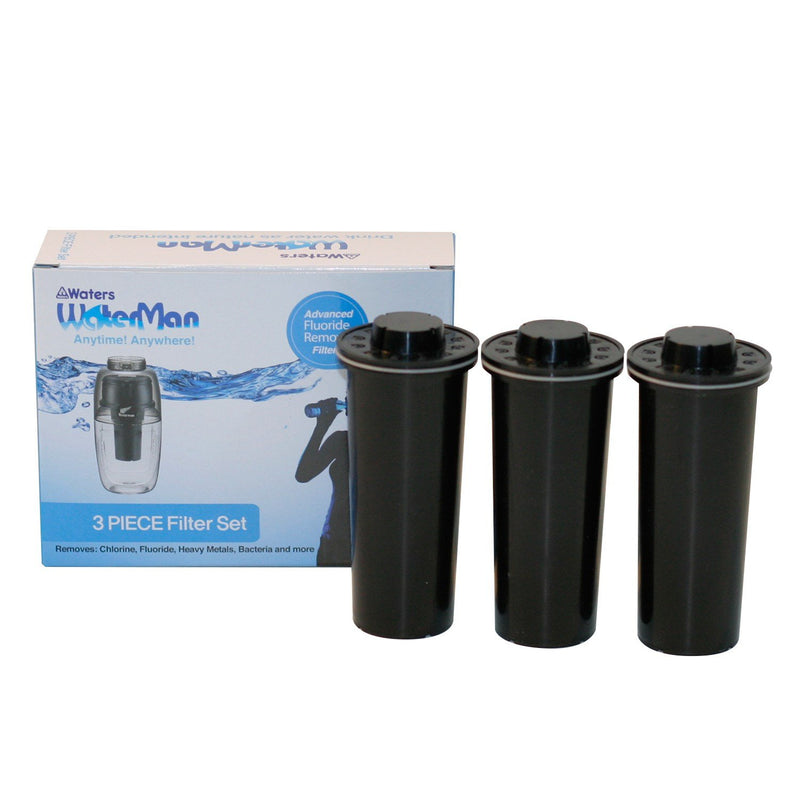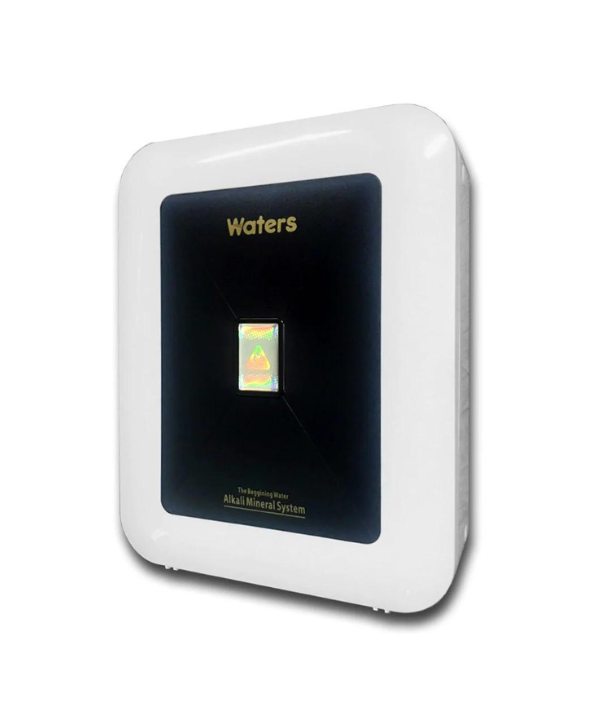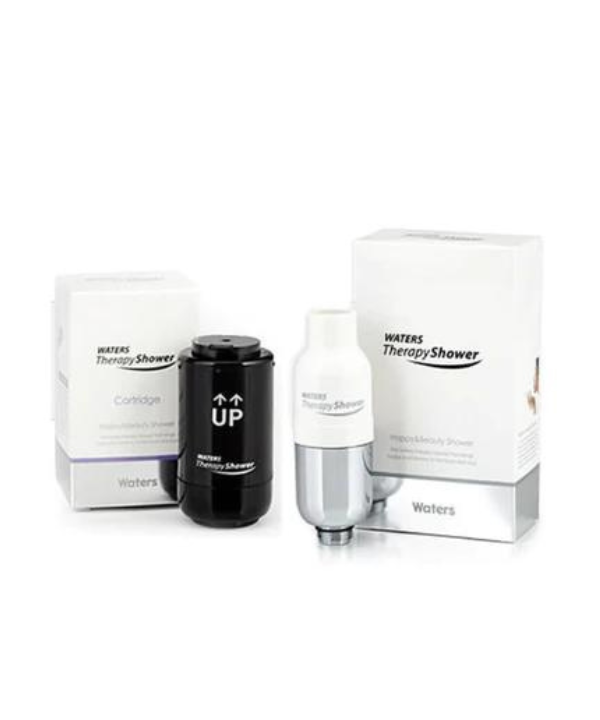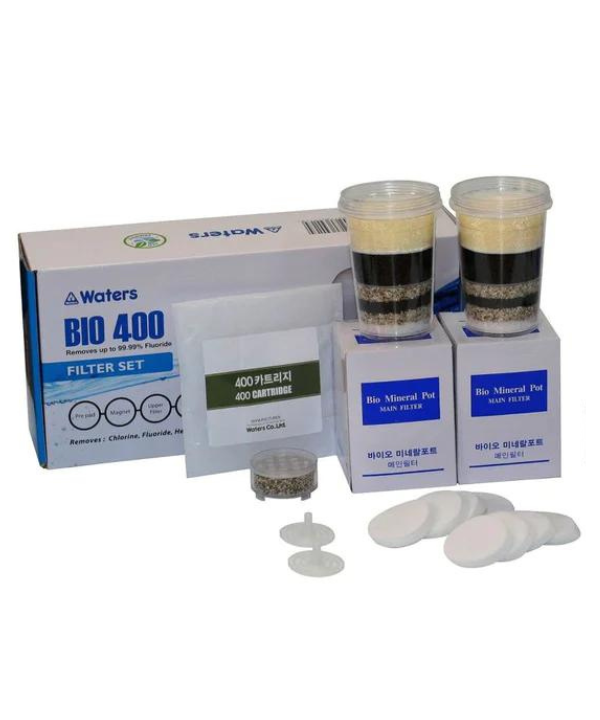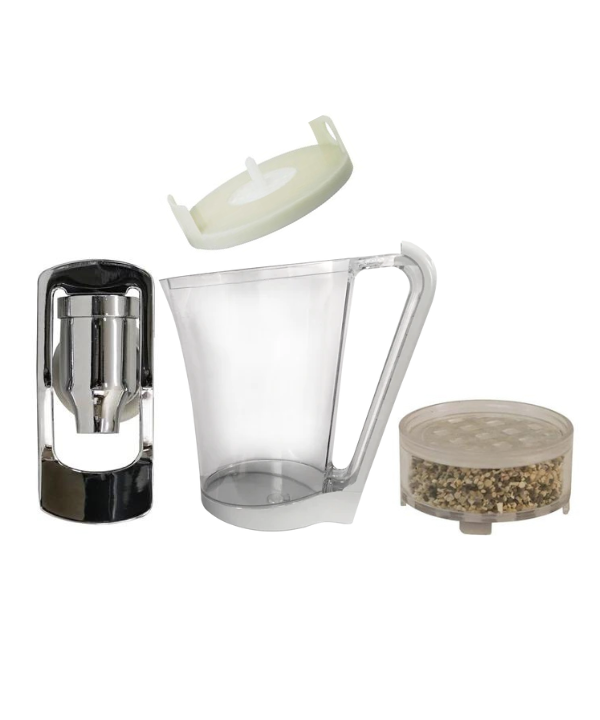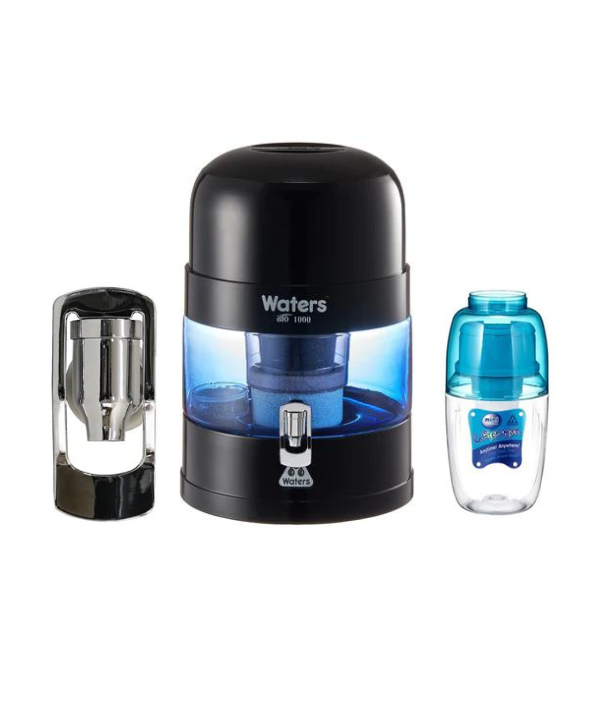Rainwater Tanks for Domestic Use in Australia
Australia is a beautiful country blessed with an ample amount of rainfall annually, but water scarcity remains a chronic problem in some regions and long term drought conditions even effecting major metropolitans areas. For this reason, many Australians have embraced rainwater tanks for domestic use, simply to be more sustainable or as redundant backup to the municipal city's water supply. As this is not always available in rural areas many regions have to rely solely on tank water.
As much as this is a great initiative towards a more sustainable lifestyle, we cannot ignore the fact that rainwater does contain many potentially harmful contaminants. Studies over the last 2 decades have shown that over 50% of rainwater tanks output is well below Australian Drinking Water Guidelines and with new environmental pollutants now being discovered, global rain water quality is definitely on the decline.
Contaminants commonly found in Rainwater Tanks
- E-coli, spores and cysts are the most common contaminants found in rainwater tanks. These are harmful to human health and can be fatal, especially for children, the elderly and immune compromised.
- Organic and inorganic matter such as fecal matter from animals and birds and debris from native fauna, will find their way into the water.
- Atmospheric pollution including pesticides, PFAS (a chemical used in fire retardants) and micro plastics are other contaminants introduced from atmospheric pollution in recent years.
- Heavy metals, such as lead, copper, and nickel, can also be present in rainwater from either atmospheric pollution or leeching from roof catchment or tanks depending on the construction materials.

Filtration, testing and Cleaning of Tanks
Filtration systems are essential in ensuring that the rainwater collected is safe for household use. Ensuring high quality water filtration from a Waters Co filter removes contaminants such as bacteria, debris, chemicals, heavy metals and sediment from the water at the point of use. Many households also use pre-filters for sediment and UV to sterilise the water before it enters the home.
At the same time, maintenance of tanks, such as regular testing for potable quality and cleaning, is crucial to prevent bacterial multiplication. Cleaning entails removing debris and sludge from the bottom of the tank and then disinfecting it. This task should be done at least every six months or more depending on situation of tank.
Benefits of Alkaline Mineral Water
Rain water and specifically tank water is often acidic (below 7pH which is base neutral) and lacking vital minerals found in spring water supplies. Activating filters such as Waters Co’s transform tank water into Alkaline mineral water with a pH level of around 7.5 – 8.5.
This can have numerous health benefits such as:
- Helpful in reducing acidity in the body, by increasing cellular hydration thus and allowing the bodies ability to remove unwanted free radicals from our system may help to prevent chronic disease and inflammation.
- Promoting muscular skeletal health with the addition of calcium, magnesium, silica and around 60 essential trace minerals.
- Balancing blood pressure & better circulation.
- Digestive and bowel health.
Benefits of Structured Water
Apart from alkaline water, structured water is also gaining popularity in Australia. Like alkaline, structured water has numerous benefits such as improving cellular function, reducing inflammation, and aiding digestion. Structured water has a unique molecular arrangement that is easy to absorb into the body cells.
Conclusion:
Although rainwater tanks are an excellent source of alternative water for domestic use in Australia, one must be careful of contaminants such as e-coli, cysts, organic and inorganic matter, atmospheric pollution, PFAS, and heavy metals. Proper filtration and regular maintenance are essential in ensuring safe and healthy water for household use. Alkaline and structured water provide additional health benefits, and their uptake by Australians is expected to continue to rise in the coming years.


